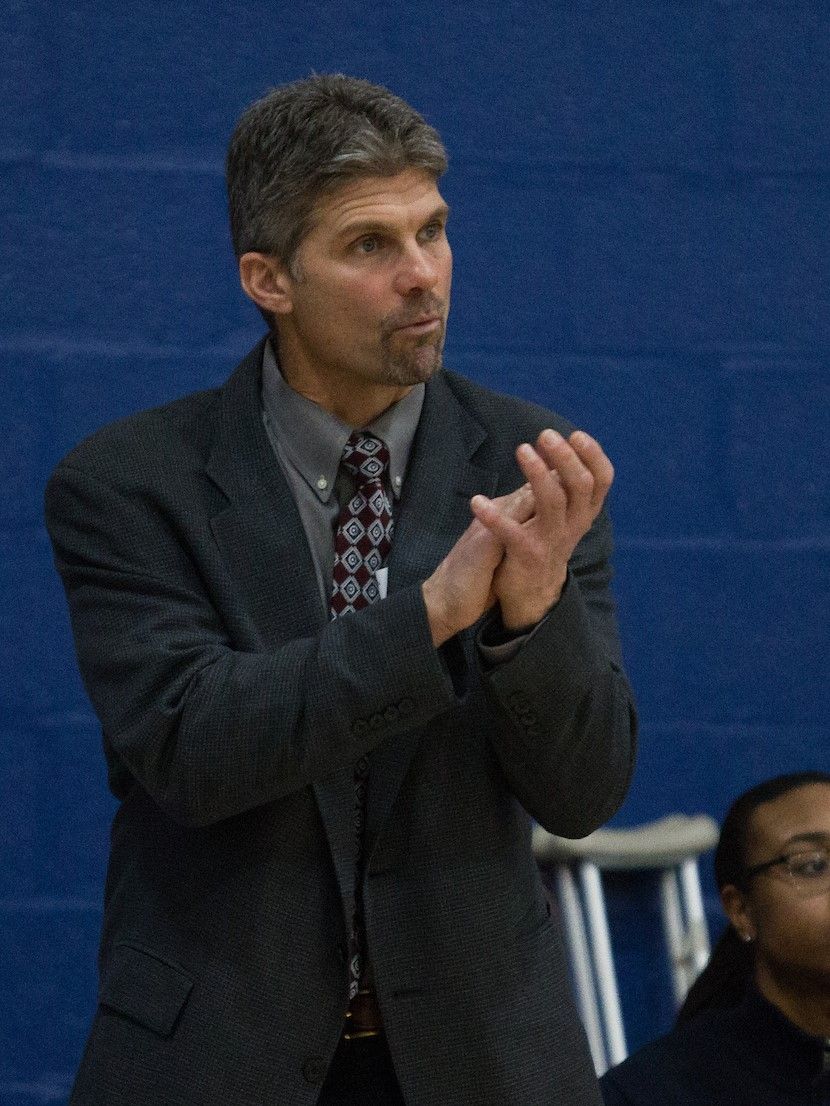Several years ago, I was a coach for the Loyola University Maryland women’s basketball team. We were underdogs in the NCAA Tournament, playing an acclaimed Virginia team.
There were just a few seconds left in the game. We had the ball and the opportunity to advance to the next round. We huddled together as a team and drew up what was sure to be a game-winning play. I looked over my shoulder and saw the lens of an ESPN-U camera a few inches from my face. This was big time.
When the time-out was over, we executed our play perfectly, took the shot—and it didn’t go in. Virginia advanced, and we went home.
As I spent the next few weeks unpacking what happened, I realized a tough lesson. Odds are, we were never going to beat Virginia, for one simple reason: they recruited better than us. It didn’t matter how much time I spent developing my players’ skills. The odds would always be stacked against us. It was a lesson I’ve applied to the corporate world countless times. Nine times out of 10, the best team wins. Recruiting is the true name of the game.
Thankfully, corporate recruiting is a bit less cutthroat than college athletics recruiting. But my time in college athletics has shown me a few things that I believe all corporate recruiters should be doing. Wearing a company-branded tracksuit is not required.
Make Recruiting a Team Sport
In the corporate world, recruiting is typically done by an HR director or a hiring manager. This person is the singular point of contact for a potential recruit.
But college athletics do things differently. Yes, coaches will be assigned individual players to recruit, but as the recruitment process continues, the entire staff gets involved with the process—and sometimes the university itself does as well. Imagine you have a recruit who is interested in a pre-med track. During a recruit’s campus visit, the coaches would have the student meet a biology professor and possibly even sit in on a class so the student can see just what their future course of study will be like. In fact, that professor could play a role as critical as the coaches do in recruiting particular student-athletes.
So here’s what I have to say to corporate recruiters: slow down. Don’t try to do everything yourself. Find the people within your organization who you believe can add value to your recruiting process. If you’re recruiting a new IT team member, get high-level members of the IT staff involved. The list goes on.
By recruiting as a team, you will potentially reduce the time to hire and show top talent your desire for them to join your organization. If that’s not a slam dunk, I don’t know what is.
Recruit the Living Room
One of the trickiest parts of athletic recruiting is that when a coach enters a living room, they are not just discussing their program with a high school student. Instead, they’re discussing it with an entire family.
Or put it this way: you’re recruiting a student-athlete’s family—and everyone else involved in the decision-making process, be it extended family, a coach, or a family friend.
And while athletic recruiting is a bit more personal than corporate recruiting, corporate recruiters need to find ways to recruit the proverbial living room. Social media makes this easier than ever. The most direct way to do this is to reach out to someone in your recruit’s network—perhaps a mutual contact.
But even if you do not have this shared connection, take a look at your organization’s social media presence, like your LinkedIn or Instagram pages. If a recruit is mulling an offer, they will discuss it with their living room, and their friends and family will take to their phones to research you. Putting your best face forward is a great way to win the living room, without ever stepping foot inside it.
Build a Pipeline
A low-level Division 1 basketball program, such as the one I coached, has to cast a fairly wide net for recruits. If you’re looking at high school senior targets, you may have as many as 300 potential student athletes (PSAs) to fill four or five roster spots. And as you track future recruiting classes, the numbers get larger. You may track 500 high school sophomores, for instance, or as many as 800 high school freshmen.
If you’re a larger school, you may only be recruiting 10 PSAs to fill those same spots. But the same basic principle applies: you find the candidates with the requisite measurables, and fine-tune your decisions based on soft skills and character traits.
Now, if you’re a weekend warrior, do you need to be tracking 800 junior HR executives? Probably not. But you should ensure that the pipeline you are trying to build is as wide as you can make it—and that you are making touch points with potential recruits early in the process. You may find it can make the difference with rising stars or help you find a diamond in the rough.
Never Stop Recruiting
In the corporate world, we have a little something called a non-compete clause. In college athletics...not so much. In fact, it’s incredibly common to have coaches attempt to recruit your players to join their programs.
Ridiculous, right? Well, perhaps. That’s why coaches are continually making sure their players are engaged from the moment they arrive on campus. Athletics is a tricky business, of course—players can get hurt, coaches can leave, players can lose their starting roster spot. But combined with the competition from other programs, it’s paramount to build that engagement.
And it’s that concept of engagement that all organizations need to remember. Non-compete clause or not, keeping employees engaged is the best way to stop other organizations from poaching your team members.
After all, the teams with the best talent win. So make sure you keep yours.
Article first appeared on Talent Culture.
-1.png)

.png?width=593&name=MicrosoftTeams-image%20(4).png)